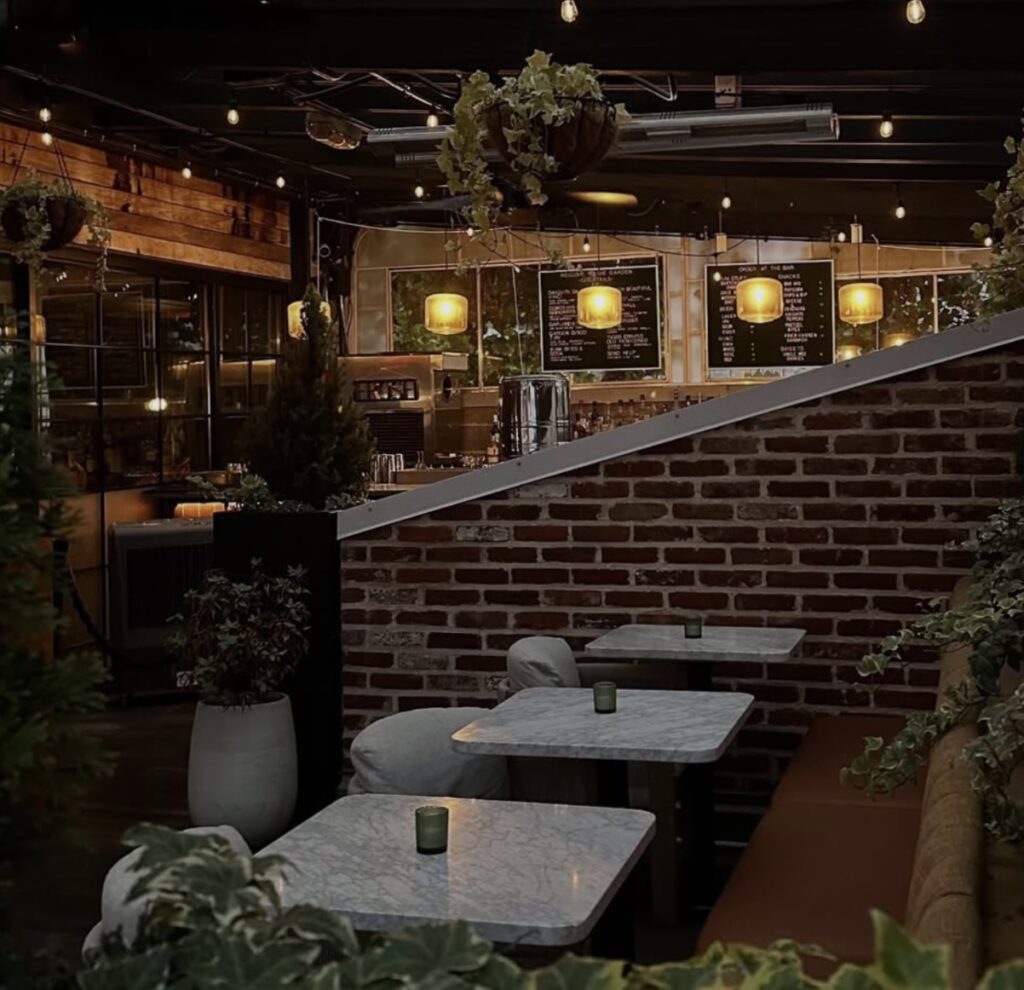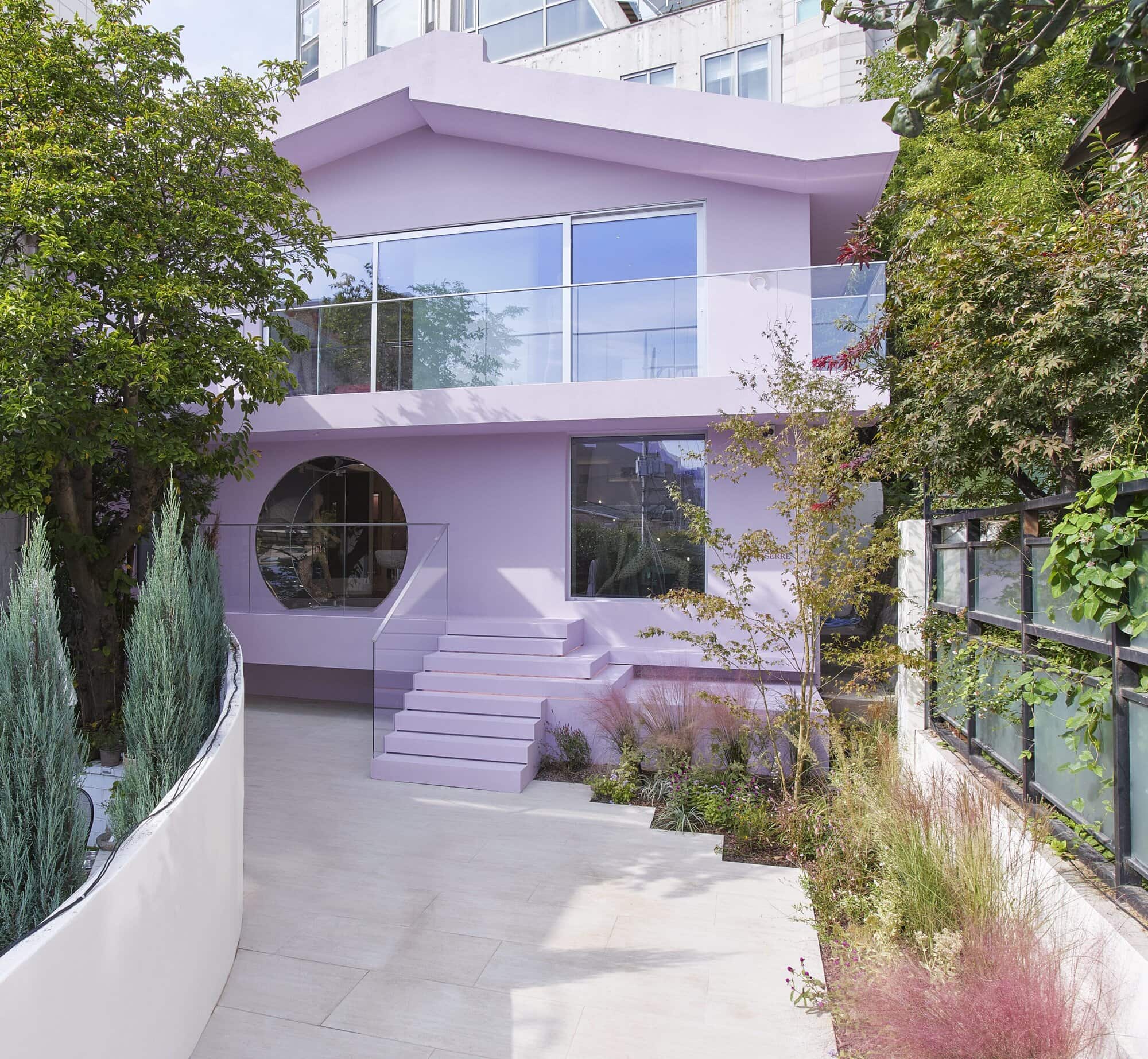When Death & Co first opened its doors on New Year’s Eve in 2006, its founder David Kaplan could hardly have imagined that a single cocktail bar would one day become one of the most influential names in modern hospitality. Nestled behind a modest facade in Manhattan’s East Village, the bar quickly became a temple for serious drinkers — and the vanguard of the craft cocktail renaissance. Nearly two decades later, that same bar has blossomed into a global enterprise, welcoming over 10,000 guests weekly, generating tens of millions in revenue, and now expanding beyond bars into boutique hotels, international ventures, and investor-backed growth.
from midnight to movement
When Kaplan opened Death & Co at 24, the idea of a dedicated cocktail bar — one that eschewed beer taps and television screens for velvet booths, candlelight, and bartender artistry — was almost radical. The space was tiny, often packed, and subject to New York’s notoriously strict door policies, but it built a following that spread through word of mouth and whisper.
At the time, the craft cocktail scene was still emerging. Mixology was niche, and serious bartending was often seen as a stop-gap rather than a career. Kaplan and his co-founder Alex Day changed that narrative. They championed the idea that the bar could be a stage — and that cocktails could carry storytelling, precision, and creativity equal to any fine-dining experience.
Their drinks, like the Oaxaca Old Fashioned and Conference, became modern classics. Awards soon followed, and Death & Co became a by-word for integrity, craft, and consistency.
scaling
Fast forward to today: Death & Co is now one of the few hospitality brands that has managed to expand globally without losing the mystique that made it special. The company operates bars in New York City, Denver, Los Angeles, and Washington, D.C., with each space designed to echo the original’s intimacy while reflecting local culture.
Now, the brand has moved into a new arena entirely — boutique hotels. Their first, located in Denver’s River North Art District, blurs the line between bar, restaurant, and retreat. The property houses multiple cocktail venues, a sleek lobby lounge, and rooms designed with the same moody aesthetic that defines Death & Co’s interiors: dark woods, tactile fabrics, and subtle lighting.
The hospitality expansion is deliberate, and calculated. With three more hotel openings planned this year, including Death & Co’s first international ventures in Australia, Kaplan and his team are targeting lifestyle destinations that align with their DNA — creative hubs with strong food and beverage cultures like Sydney and Melbourne.
In an interview earlier this year, Kaplan said, “We never wanted to be everywhere. We wanted to be in places that already have a pulse. Our role is to amplify that pulse, not replace it.”
style
Death & Co’s evolution mirrors the changing shape of modern haute. Where previous generations equated prestige with size or excess, today’s consumers — particularly millennials and Gen Z travelers — seek authenticity, design, and experience.
In that sense, Death & Co sits at the intersection of hospitality and subculture. Each venue is a case study in atmosphere — intimate yet lively, sensual yet cerebral. The bartenders are trained like chefs, the glassware curated like art, and the menu reads more like a novel than a list of libations. It’s this attention to narrative that allows Death & Co to scale without commodifying.
Their growth trajectory reflects that: the brand now welcomes over 10,000 weekly visitors across its locations, generating an estimated $20 million in annual revenue. In an industry known for slim margins and volatility, those numbers are remarkable. Even more so, because they’ve achieved them without franchising or diluting control.
flow
The next phase of expansion marks a defining moment. Death & Co’s first international locations are expected to open in Australia later this year, introducing the brand to a Southern Hemisphere audience that already reveres craft cocktail culture. Plans are also underway for additional properties in Europe and Asia, though details remain under wraps.
This global approach positions Death & Co not merely as a bar brand, but as a lifestyle company. From merchandise and barware to collaborations with spirits producers, they’ve extended their identity beyond physical venues. Their publishing arm — with best-selling cocktail books like Death & Co: Modern Classic Cocktails — has become a cornerstone of cocktail education.
Through these ventures, Kaplan and his team are creating a hospitality ecosystem where storytelling, design, and community are the core currencies.
culture
So far, Death & Co has succeeded by staying true to its design-led approach. Each property is developed with independent architectural teams, local partnerships, and contextual details that honor its surroundings. For instance, the Denver outpost integrates local art and sustainable materials, while the forthcoming Sydney bar will feature Australian spirits and native botanicals.
Rather than exporting a fixed image of New York cool, Death & Co is exporting a framework for hospitality — one that prizes intention, craftsmanship, and connection.
impression
As the brand enters its third decade, it’s poised to redefine what a hospitality empire can look like. Not a chain, but a constellation — each venue distinct, yet connected through ethos.
The boutique hotel expansion marks a natural evolution. By creating immersive environments where guests can live, dine, and drink under one philosophy, Death & Co isn’t just serving cocktails anymore. It’s crafting a lifestyle — one that merges nocturnal glamour with modern design, and urban intensity with global reach.
From a single speakeasy in Manhattan’s East Village to a worldwide network of bars, hotels, and investors, Death & Co has proven that scaling doesn’t have to mean selling out. It can mean deepening — building spaces that feel intimate at any size.
No comments yet.








